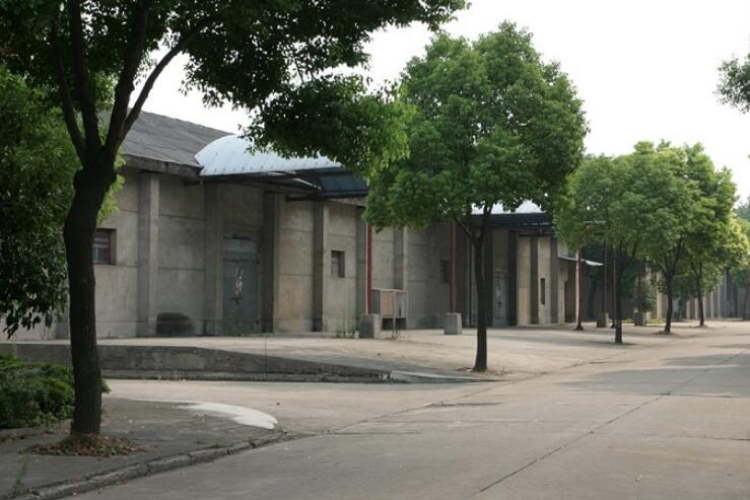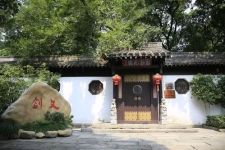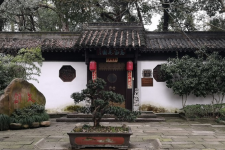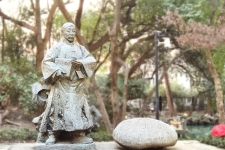The site of Tongyi Gong spinning mill was built in 1896 in the 22nd year of Guangxu, Qing Dynasty. It was completed the following year. Nanxun's super-rich Pang Yuanji, Hangzhou's Yin Fu Ding C, Wang Zhenyuan and others gathered to discuss and raise capital. It took eight years for the construction of Tongyi Gong spinning mill to begin in 1889.It was discontinued in 1902 due to poor management. The son of Li Hongzhang, Li Jingfang, invested in the factory. In August 1903, he reorganized the factory and renamed it Tongyi Gong Yarn Factory New Company, which was later changed to Dingxin Textile Company. The yarn mill was renamed Hangzhou No. 1 Cotton Mill in 1956, which still retains its original function and has been in use since then.Tongyi Gong spinning mill was one of the largest, most advanced, and most influential modern cotton textile factories in Zhejiang Province at that time. In 2013, it was included in the seventh batch of key national cultural relics protection units.




